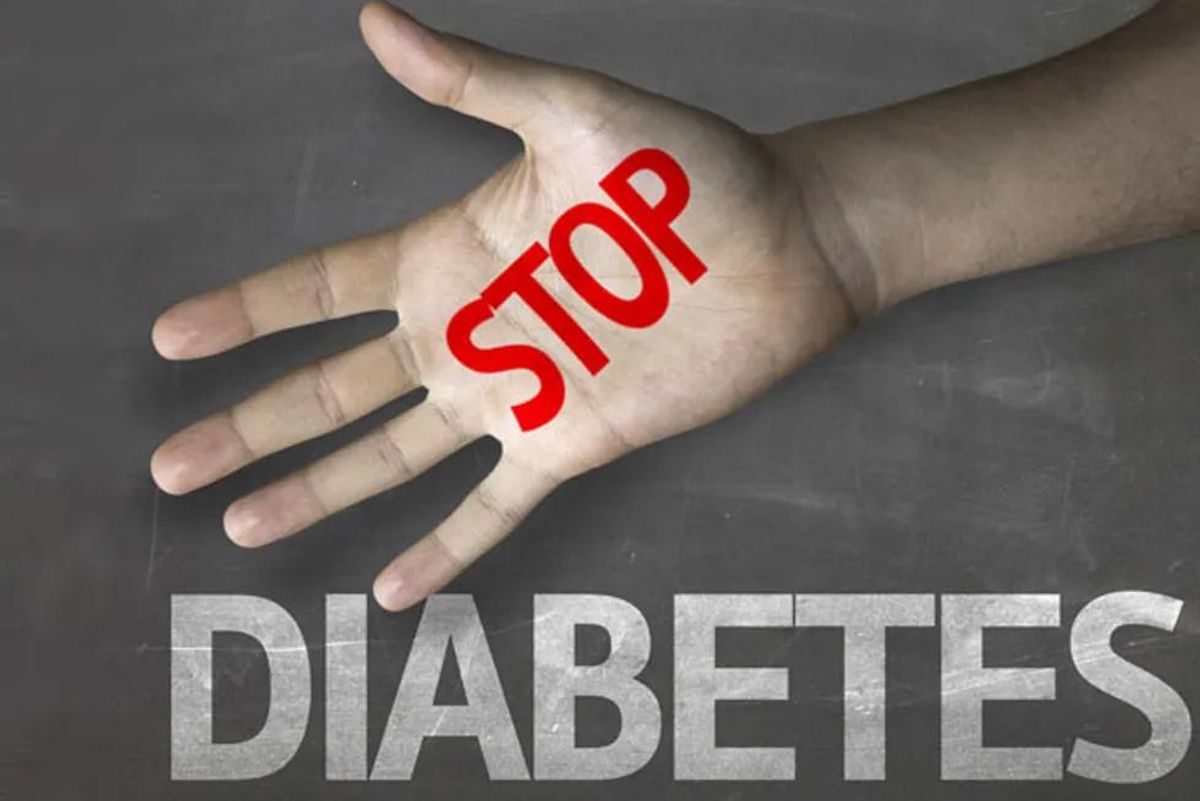Heart disease, stroke, cancer, obesity, arthritis and diabetes: what do these have in common?
They're all ubiquitous chronic diseases and conditions. They're also all costly. But most importantly, they are among the most preventable of all health problems.
Because November is American Diabetes Month, I think it's important to create awareness for a disease whose costs are estimated to be a staggering $255 billion. Out of that, $176 billion is for direct medical costs and $69 billion for decreased productivity. Unfortunately, unless people do their part to stop diabetes from growing, one in three American adults will have it in 2050, according to estimates by the American Diabetes Association.
There are way too many people dealing with diabetes: nearly 30 million children and adults in the United States. And because it's the leading cause of kidney failure, lower limb amputations (other than those caused by injury) and new cases of blindness in adults, prevention is key.
Note: An important distinction between type 1 and type 2 diabetes is that type 1 (when the body does not produce enough insulin) is usually diagnosed in children and young adults (it was formerly known as juvenile diabetes). Just 5 percent of the people with diabetes have this type.
In addition to the 30 million people who have already been diagnosed with diabetes, there are another 86 million who haven't been diagnosed—yet. They have prediabetes, which puts them at risk for developing type 2 diabetes.
That's why I think it's important for you to become alert to prediabetes. If you know you have it, it may be in your power to save yourself from progressing to the next step: type 2 diabetes. Prediabetes is really like an early warning system. After all, knowledge is power, and with this power you may be able to save your health.
It's possible you are unknowingly living with prediabetes, since there are no clear symptoms of it. Someone with prediabetes has a higher than normal blood sugar level, but not high enough to be diagnosed as diabetes. In addition to raising your risk for diabetes, prediabetes puts you at higher risk of developing other serious health problems, including heart disease and stroke.
It's important to know if you have prediabetes. Not everyone who has prediabetes goes on to develop type 2 diabetes, but there are things you can do to help. For some people, early treatment can return their blood glucose levels to a normal range.
If you have prediabetes, make sure to get checked for diabetes every year.
Risk Factors
You're more likely to develop prediabetes if you:
- Are age 45 or older
- Are African American, Hispanic/Latino, American Indian, Asian American or Pacific Islander
- Have a parent, brother or sister with diabetes
- Are overweight
- Have high blood pressure or take medicine for high blood pressure
- How low HDL cholesterol and/or high triglycerides
- Are a woman who had gestational diabetes (diabetes during pregnancy)
- Have been diagnosed with polycystic ovary syndrome (PCOS)
The American Diabetes Association offers a simple Type 2 Diabetes Risk Test.
A few simple lifestyle changes can lessen your chances of being diagnosed with diabetes or delay its onset.
Here are some changes you can make:
- Cut back on calories and saturated fat.
- Lose weight, if overweight. Research shows that you can lower your risk for type 2 diabetes by 58 percent by losing just 7 percent of your body weight. For someone who weighs 200 pounds, that weight loss translates to 15 pounds.
- Exercise. The U.S. Centers for Disease Control and Prevention recommends getting at least 150 minutes each week of physical activity, such as brisk walking.
- Get active. Aside from formal exercise, take measures to be more active. Choose the spot in the parking lot farthest from the entrance; take the steps instead of the elevator; pace rather than sit while you're talking on the phone; and if you work in an office, get up to talk to a coworker rather than sending email.
You might also want to read:
https://www.niddk.nih.gov/health-information/diabetes
https://healthywomen.org/condition/diabetes
https://healthywomen.org/content/article/10-tips-safe-travel-diabetes







